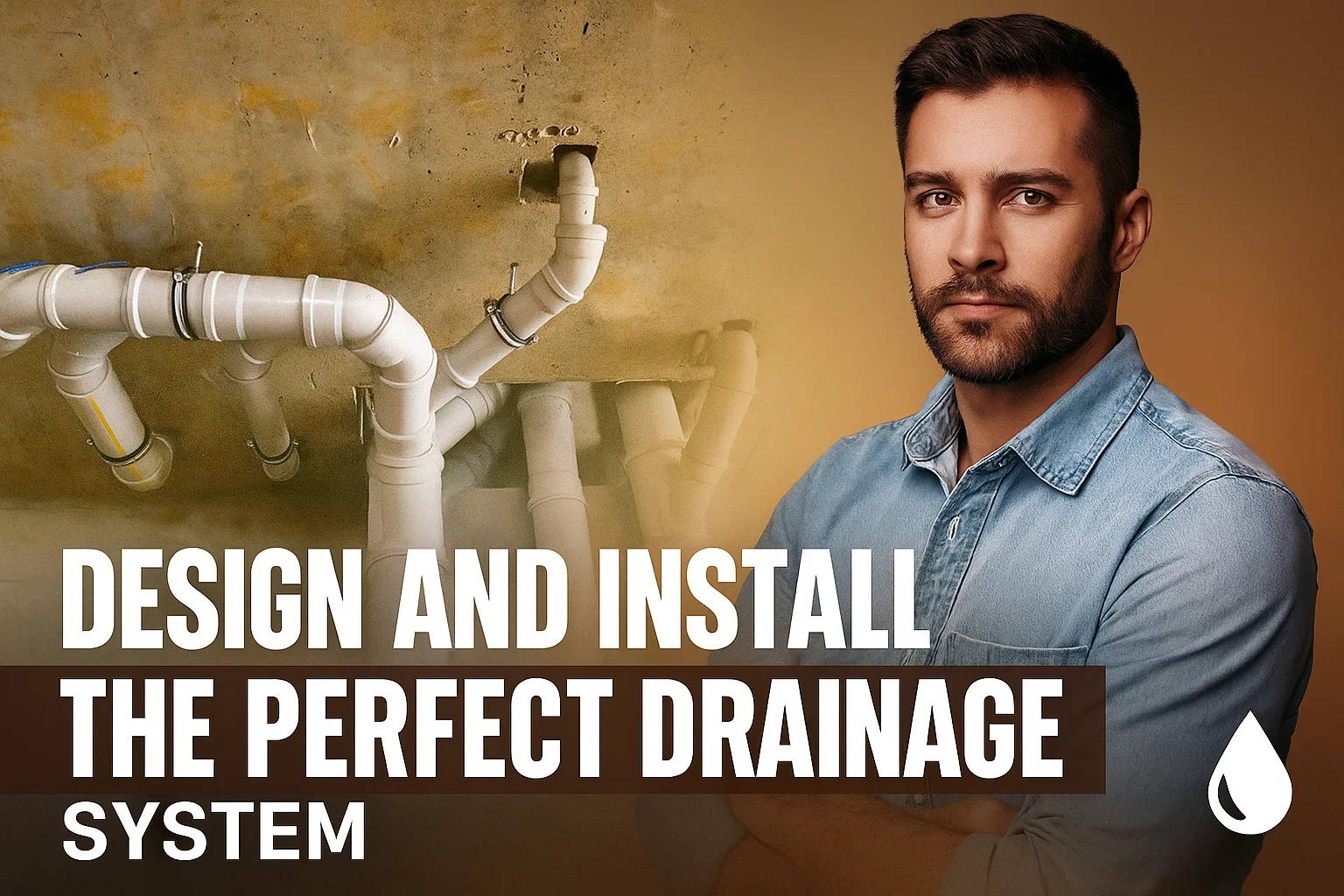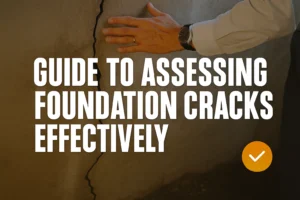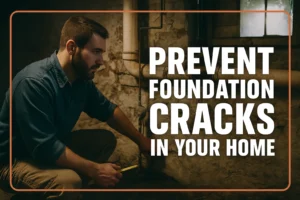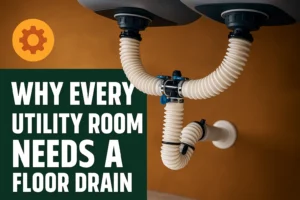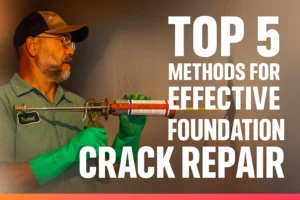The construction and installation of a drainage system is an important step in safeguarding your property from damage by water. If the story of your life is how kids, pets and heavy rains keep trashing your yard, then a properly designed drainage system could do wonders for usability. Good drainage is important to prevent foundation problems, dry out wet areas and sustain a healthy landscape. This guide will help you design and install the ideal drainage system for your home, with advice from a skilled professional.
Step-by-Step Guide to Designing a Proper Drainage System
Designing drainage system is a multi-step process that consists of deliberate planning to direct water away properly. Here’s a comprehensive guide:
Assess Your Site:
Start by considering the topography and terrain. Note where water seeps and drains naturally, and watch how water flows during heavy rains. Identify the areas where there is the worst problem of surface water.
Determine Drainage Needs:
Determine the amount of water your system must process. That includes rainwater, run-off from roofs and surface water. Understanding flow rates aids in the selection of materials and sizes for pipes, drains, etc.
Divide the Site into Zones:
Separate the property into controllable water flow zones with problems. Design each zone with targeted solutions for what it calls for.
Plan the Layout:
Develop a layout that incorporates collection areas like catch basins and the best placement of pipes to move water as effectively as possible. The pipe shall be pitched (sloped) to promote gravity flow. Generally, the slope will be 1/4 inch per foot depending on local conditions.
Select Components:
Select the appropriate pieces,” for example, perforated pipes, catch basins, and grates”that will be capable of withstanding the load and environment. Choose from flat or atrium grates depending on traffic and debris loads.
Discharge Point:
Where will the water runoff be collected? Available options may be storm drains, dry wells and rain gardens or natural bodies of water. Make sure the water flows downhill to prevent backups and flooding.
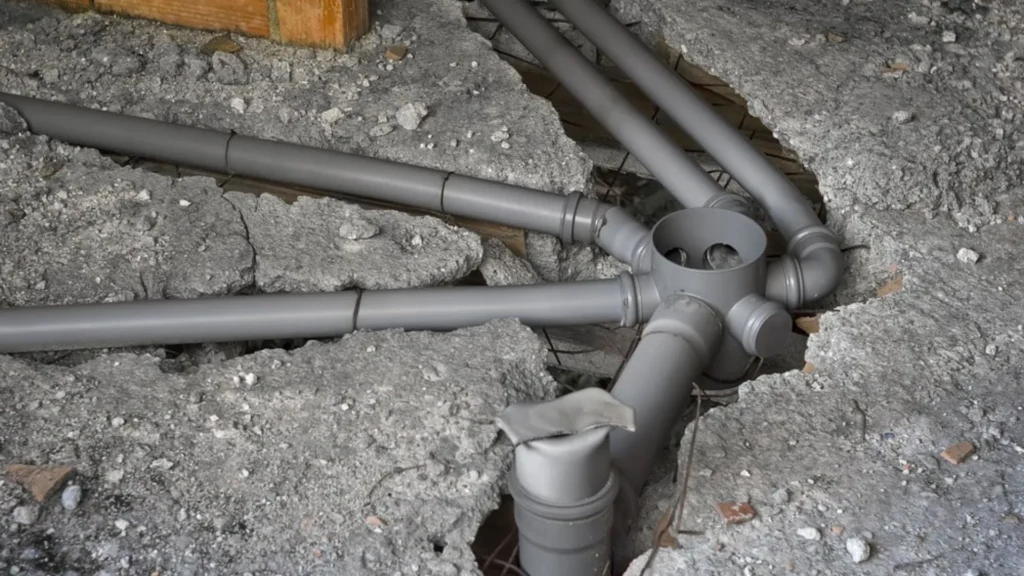
Install the System:
Dig trenches with the right slope, and set pipes and basins in place according to your plan. Backfill with some caution and flush the system through to ensure there is flowing water and no blockages.
Maintenance Planning:
Mill your system to be cleaned and repaired. If it is inspected and debris is cleared regularly, the filter has a longer life.
Final Tips:
- Always adhere to local codes and regulations.
- Consider consulting with a drainage expert for complex systems.
- Properly designed and maintained drainage system improves your property’s resilience and safety.
Common Drainage System Design Mistakes to Avoid
| Mistake | How to Avoid |
| Incorrect slope | Maintain proper slope (~1/4″ per foot) |
| Undersized pipes | Properly calculate pipe size |
| Poor outlet placement | Strategically locate outlets |
| Ignoring site conditions | Conduct detailed site analysis |
| Lack of maintenance access | Design for easy inspection |
| Overreliance on surface drains | Use both surface and subsurface systems |
| Non-compliance with regulations | Follow local building codes |
How to Install a Drainage System on Your Property
For a drainage system to work effectively, installation requires thoughtful planning and is followed by careful implementation. Here is a step-by-step guide to walk you through it:
Mark the Layout
Flag or spray paint where the pipes, drains and catch basins are going to go as per your design plan.
Excavate Trenches
Excavate the trenches on the marked traversal lines. Trench action: Trenches should be about 6 inches wider than pipe diameter and deep enough to ensure that a good slope is established for water flow (1/4 inch per foot).
Prepare the Trench Base
Lay 10-15 cm of gravel or sand on the bottom of each trench as pipe bedding. This is intended to support the pipe and avoid damage.
Lay Pipes and Fittings
Lay the perforated drainage pipes gently on the bedding. Join pipes and fittings with rubber-ring sockets or solvent cement so there are no leaks.
Install Catch Basins and Outlets
Install catch basins in collections of water or at pipe connections for easy access later. Place outlets where the water will drain away from the home.
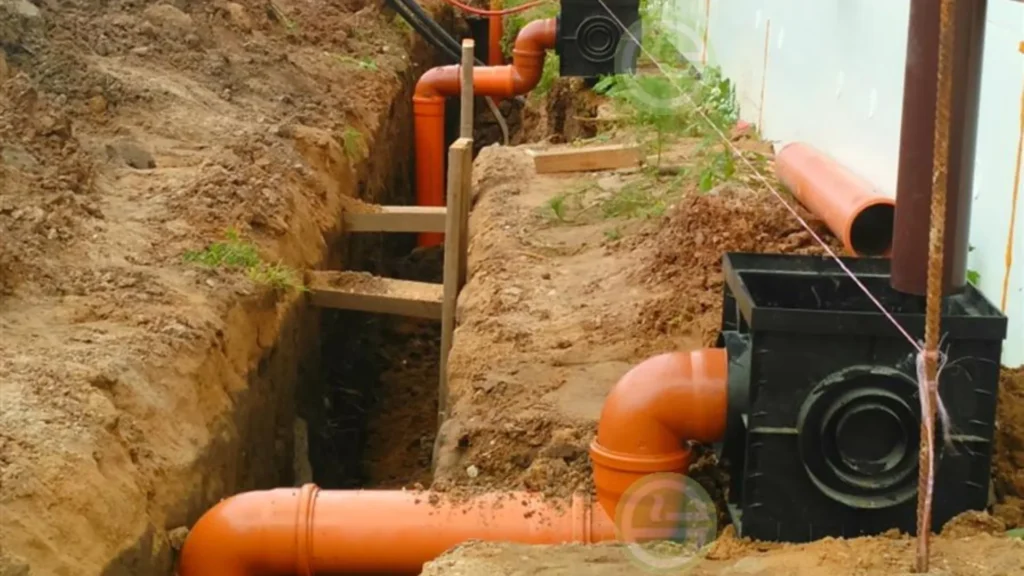
Backfill Trenches
Fill in the trenches around the pipes with gravel before covering them back up with soil. Pack them down, being careful not to crush any of the pipes.
Test the System
Flush water through the system to ensure proper flow and no blockages; also, check drainage.
Finalize Surface and Landscaping
Replenish the surface by returning any sod or other landscaping materials removed in the excavation.
Factors to Consider in Planning a Drainage System
Creating a good drainage system requires a lot of thought and attention to detail so that it works as it should and prevents water issues. Here are the main factors to keep in mind:
Side note: Here are some of the important things to keep in mind when planning a shorter drain installation in bullet point form.
Site Topography: Understand slope and grade of land so you can position drains to facilitate natural water drainage.
Soil: Sandy soil drains well; clay soil holds water longer—select drainage appropriately.
volume, which should be taken into account in designing pipes and drains.
Drainage Zones Targeted Solutions: Split your property into drainage zones, design solutions for your specific flow patterns.
Discharge Points: Plan post-treatment water discharges in accordance with Local Regulations and not cause flooding.
Durable: Made from rugged PVC, the Pluvia can be counted on season after season, for years to come.
Regulations: Pay attention to local codes, which will tell you everything you need to ensure your system is legal and safe.
Environmental Impact: Think of sustainable options, such as permeable surfaces and rain gardens.
Maintain: Create designs for easy access to cleaning and provide a counter system that is to be serviced regularly.
Why Hiring a Professional?
Here are some reasons why you need a professional for the installation of drain systems. Our experts have the skill and experience to identify your property’s specific drainage issues effectively.
What’s more, they are familiar with local laws and building codes, which means your drainage system will be designed to be “up to code”- type problem-free!
When you need a team you can trust to install your drain systems correctly for your home or business, count on the pros at Lapans Basement Waterproofing. Our team of professionals works diligently to deliver reliable and professional drainage installations that meet our high standards.
Conclusion
A well-planned and correctly installed drainage system is vital for protecting your home from water damage, preventing soil erosion, and ensuring that your yard remains a nice, usable space. Whether you’re struggling with heavy rains, poor drainage systems, or water pooling issues, a custom-designed drainage system will move stormwater that can easily penetrate structures away from your home and property.
FAQs
A drainage system is a system made up of pipes, drains and drainage channels that are created to take out the surplus water in your property.
Proper drainage will keep the water, soil erosion, and floods away from your home and yard.
Simple systems may be easy to handle, but the best results and legal requirements will be achieved with professional installation.
A drainage system may last up to 20 years with correct installation and maintenance.
Clean catch basins, clean debris and check pipes now and then to ensure there is no blockage or damage.
Costs depend on the size of the property, the degree of difficulty, and the type of materials used. Professionals can give you the most accurate quote.
